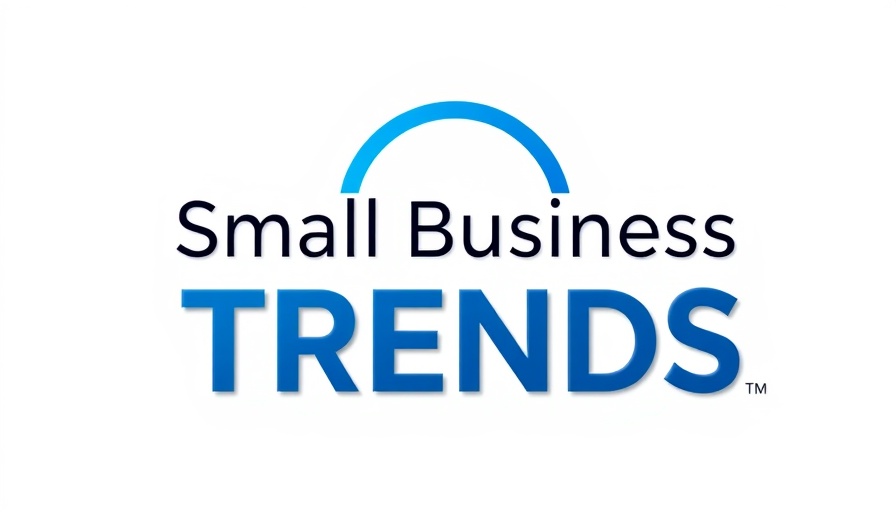
New Resolution and Its Impact on Small Businesses
The recent passage of H.J. Res. 88 in the U.S. Senate has sent ripples across the small business community, particularly for those dependent on transportation. Advocated by the National Federation of Independent Business (NFIB), this resolution challenges California's authority to enforce stricter vehicle emissions regulations nationwide. With the potential to change operational landscapes, business owners are keenly watching how this will unfold.
Understanding the Burden of Regulation
Advocates like Adam Temple, NFIB Senior Vice President for Advocacy, argue that California's waiver authority under the Clean Air Act could impose de facto electric vehicle mandates across the United States, potentially straining economically fragile businesses. The NFIB asserts that approximately 90% of its members are in favor of Congress lifting regulatory burdens to alleviate transportation costs for small businesses. Such statistics emphasize the uncomfortable position many small business owners find themselves in—it’s not just about compliance, but about survival in a competitive market.
Cost Savings and Consumer Choice for the Future
One of the significant advantages touted by proponents of the resolution is cost savings for small businesses that rely on traditional fuel vehicles. With rising transportation costs, lifting California's federal waiver could normalize prices and stabilize operational expenses. Moreover, NFIB members express a strong desire for consumer choice; by removing mandates for electric vehicles, this resolution potentially opens up the market and allows businesses to choose from a wider variety of vehicle options that best suit their needs.
Industry Stability Amidst Changing Norms
Another key outlook from the NFIB is that by restricting the federal government's reach into state regulatory affairs, businesses may experience a reduction in volatility concerning operational compliance. As a result, companies can redirect resources towards growth instead of navigating the labyrinth of regulatory conformity. However, this does not come without its challenges. The automotive world is rapidly advancing towards electric vehicle technology, and the demand for gas-powered vehicles may experience a decline that could impact businesses reliant on those traditional models.
Confronting Diverse Opinions on Emissions
While the NFIB supports the resolution, the topic brings diverse perspectives, especially regarding climate change and the push towards electric vehicles. Some small business owners see value in embracing innovative energy solutions, while others remain hesitant about the necessary transition. This split in opinion highlights an essential point: not all businesses operate under the same conditions or customer demands, and therefore a one-size-fits-all regulation can be counterproductive.
What Lies Ahead for Small Businesses?
The resolution's passage opens doors to discussions about financial flexibility for small business operators. However, the shift towards electric vehicles looms larger than the future of any regulatory battle—it's critical to recognize how these changes may affect long-term sustainability. Small business owners are encouraged to consider the implications of their choices and seek out solutions that align with both operational needs and evolving consumer preferences.
In light of this regulatory challenge, businesses must remain adaptable, anticipate shifts in consumer behavior, and prepare strategically to thrive amidst uncertainty.
To remain informed and ahead of the curve, small business owners should actively engage with industry trends and remain open to emerging technologies and regulations. This proactive approach ensures resilience in an ever-changing market.
 Add Row
Add Row  Add
Add 



Write A Comment